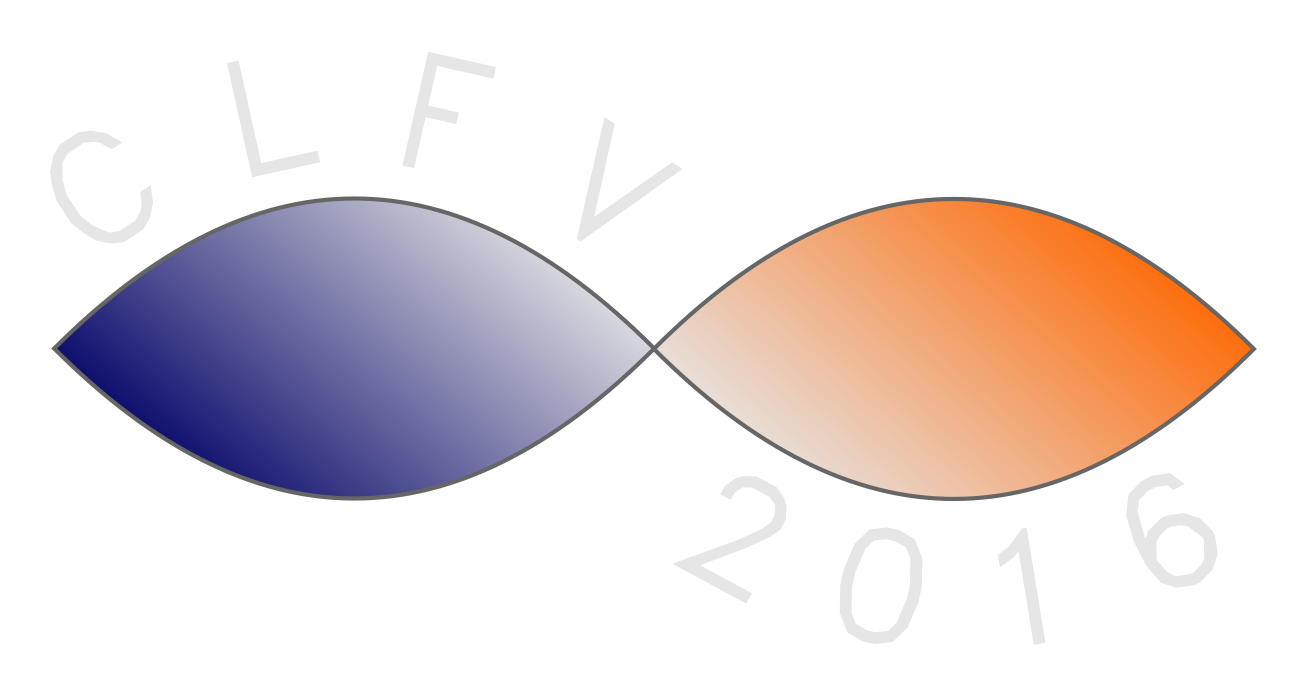Charlottesville and surroundings
Charlottesville and the area surrounding it are steeped in natural beauty and American history. A town of some 120,000 inhabitants, Charlottesville sits at the foot of the Blue Ridge Mountains and Shenandoah National Park. It is a favorite tourist destination due to its historical significance, location, and many amenities. Charlottesville was ranked the #1 City to Live in the Country by Sperling's Best Places, the 4th Best Place to Live in the Country by Kiplinger's Magazine, one of Top 5 Destinations Every American Should Visit by Orbitz Worldwide, the Best College Town in America by Traveler's Today, one of the Top Five New American Foodie Cities by Wine Enthusiast Magazine, and number 9 in America's Favorite Mountain Towns by Travel + Leisure Magazine.
Founded in 1762, Charlottesville is perhaps best known as home to two U.S. Presidents, Thomas Jefferson and James Monroe. A third president, James Madison, had his home Montpelier some thirty minutes away from Charlottesville. One of Jefferson's proudest achievements --- one of three he had inscribed on his grave --- was the founding of the University of Virginia. The heart of the modern university is Jefferson's Academical Village. It was called ``the proudest achievement of American architecture in the past 200 years'' by the AIA Journal in their United States Bicentennial issue, and along with Jefferson's mountain-top home, Monticello, is a UNESCO World Heritage Site. The University has long since outgrown Jefferson's original plans to become one of the top-rated institutions in the country.
Much of the early history of the United States was played out within 150 miles of Charlottesville. While the ambiance of Charlottesville is colonial and Revolutionary America, those who would like to see an even earlier era in colonial history should visit Williamsburg, Virginia on the Yorktown Peninsula, a two hour drive away. Williamsburg is a restored colonial village and is one of the oldest settlements in the United States. Near Williamsburg is Yorktown, the site of Cornwallis' surrender to General George Washington, which signaled the end of the Revolutionary War. Finally, Washington, D.C. is only 100 miles distance from Charlottesville.
Many attractions from the Civil War era are nearby. Richmond, the capital of the Confederacy, lies 80 miles to the east of Charlottesville. Many of the major battles of the U.S. Civil War between Lee's Army of Northern Virginia and the Union Army of the Potomac were fought close to Charlottesville. First and Second Bull Run, Chancellorsville, Fredericksburg, Spotsylvania, Cold Harbor, Petersburg and finally, Appomattox Court House were among the largest battles ever fought in the western hemisphere. Charlottesville was spared any major damage during the Civil War. A minor skirmish north of town ended as a victory of the Confederates of Union soldiers led by George A. Custer. Early the next year the citizens of Charlottesville (already dominated by academics from the University) showed their grit and resolve to resist the northern invader by offering Custer the keys to the city.
For those more interested in nature than history, Shenandoah National Park is only a half hour's drive away from Charlottesville. West Virginia's New River, a three-and-a-half hour drive away, has been rated one of the world's top 10 whitewater rafting destinations by Frommer's, with its Class IV-V rapids.
Excursions around Charlottesville
- Monticello: No visit to Charlottesillve is complete without a visit to Thomas Jefferson's mountaintop home. Open every day of the year, except Christmas, it is just 8 kilometers from the Omni hotel. Click here for more information.
- The University of Virginia: The center of the university, the Academical Village, was designed by Thomas Jefferson and includes the Rotunda, a United Nations World Heritage site. Free one-hour tours are available five times a day (434-924-3239 http://www.uvaguides.org/)
- Ash Lawn-Highland: Thomas Jefferson's friend, James Monroe, lived in this modest home in the shadow of the grander Monticello. (www.ashlawnhighland.org)
- Montpelier Haven't had your fill with presidential homes? Then visit the home of James Madison, another friend of Jefferson's, and father of the United States Constitution. The home has recently been restored to its original state. About 30 minutes from Charlottesville. (https://www.montpelier.org/)
- Charlottesville wine country: The Charlottesville area is host to a burgeoning wine industry. For a guide and map to some wineries click here.
- Shenandoah National Park: A forty-five minute drive from Charlottesville takes you to one of the most popular National Parks in the country. Hike a piece of the 3500 km Appalachian Trail, or simply tour Skyline Drive. Or, for the more adventurous, Humpback Rocks is a favorite scramble. (http://www.nps.gov/shen/index.htm)
- Civil War Sites: Much of the Civil War was founght in Virginia, but no major battles near Charlottesville. So if you want to visit some of the major battlefields such as Chancellorsville or Spotsylvania, you'll need to drive an hour or more. This website has information, maps, and events.
